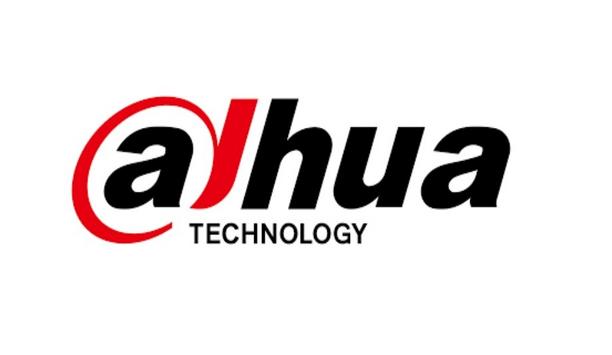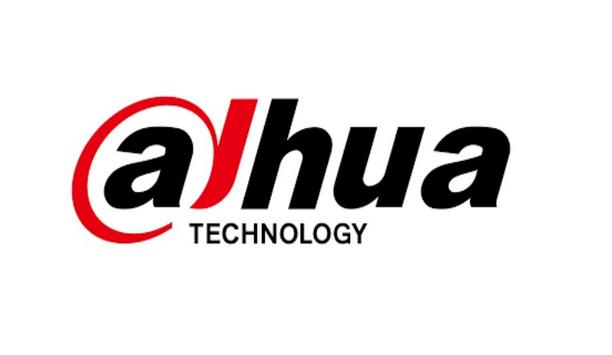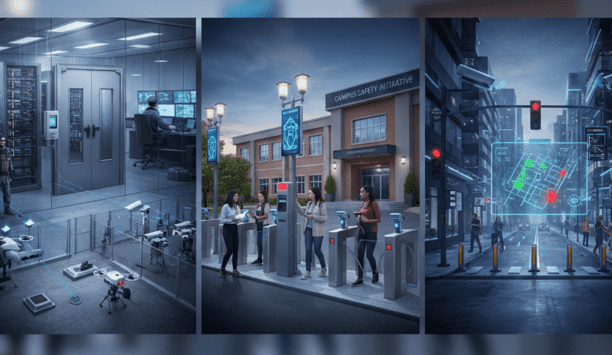It is a sad reality that civil disorder and the accompanying looting of commercial premises is an issue that every business owner that works on the high street is aware of and should be prepared for.
Whatever the cause, whether it is anarchist march or disorder triggered by some sort of social issue, rioting, looting and criminal damage can spread faster than the authorities can often mobilise and deploy resources to keep up.
Especially in these days of social media rioters can co-ordinate their activities, dispersing quickly at one location and re-converging at another location where there is no police presence to carry on looting and damaging property. Social media acts as a sort of impromptu command and control system making crowds much more mobile
Protecting property from rioters
In a 2011 report into the riots across cities and towns in the UK, the Riots Communities and Victims Panel said social networking and TV footage of police officers watching people "loot at will" helped fuel the disorder in London and other UK cities. And went on to say: "From the evidence around the August riots and from what people have subsequently told us, it seems clear to us that the spread of rioting was made worse both by televised images of police apparently watching people cause damage and loot at will, and by the ability of social media to bring together determined people to act collectively."
Social media acts as a sort of impromptu command and control system making crowds much more mobile and making it much more difficult for the police respond effectively.
It is not just the looting that is a problem for retailers and other high street businesses. Arson is a regular consequence of rioting and looting and with many business owners living on the premises or with flats and apartments above property, securing your premises can be a matter of life and death!
Obexion range of shutters
It is therefore imperative that retail and business owners and operators chose the right systems to secure their premises. Shutters are normally the first line of defence and in a riot situation probably the only effective one, as alarms are unlikely to get a response from hard pressed police and CCTV is easily overcome by the wearing of face masks and hoodies. Shutters are normally the first line of defence and in a riot situation probably the only effective one
One observable failure of shutters in the 2011 riots was that shutters that were not properly locked down were easily forced up by looters allowing access to the premises. To counter this weakness Charter Global produces the Obexion range of LPS 1175 shutters which have a unique lockdown system that means that the shutters cannot be forced up regardless of what position they are left in, fully closed or not. They are opened from the outside which means that they can be first or single point of entry.
They range from the LPS 1175, Issue 7, SR2 ideally suited to medium risk commercial buildings, public facilities, schools, universities, community centres and retail outlets where ventilation or vision is required to the first ever SR5 t-rated shutter the LPS 1175, Issue 7, SR5 designed for highest level of security such as national infrastructure sites, and other high value premises such as banks, jewellers, galleries and museums.
From facial recognition to LiDAR, explore the innovations redefining gaming surveillance























